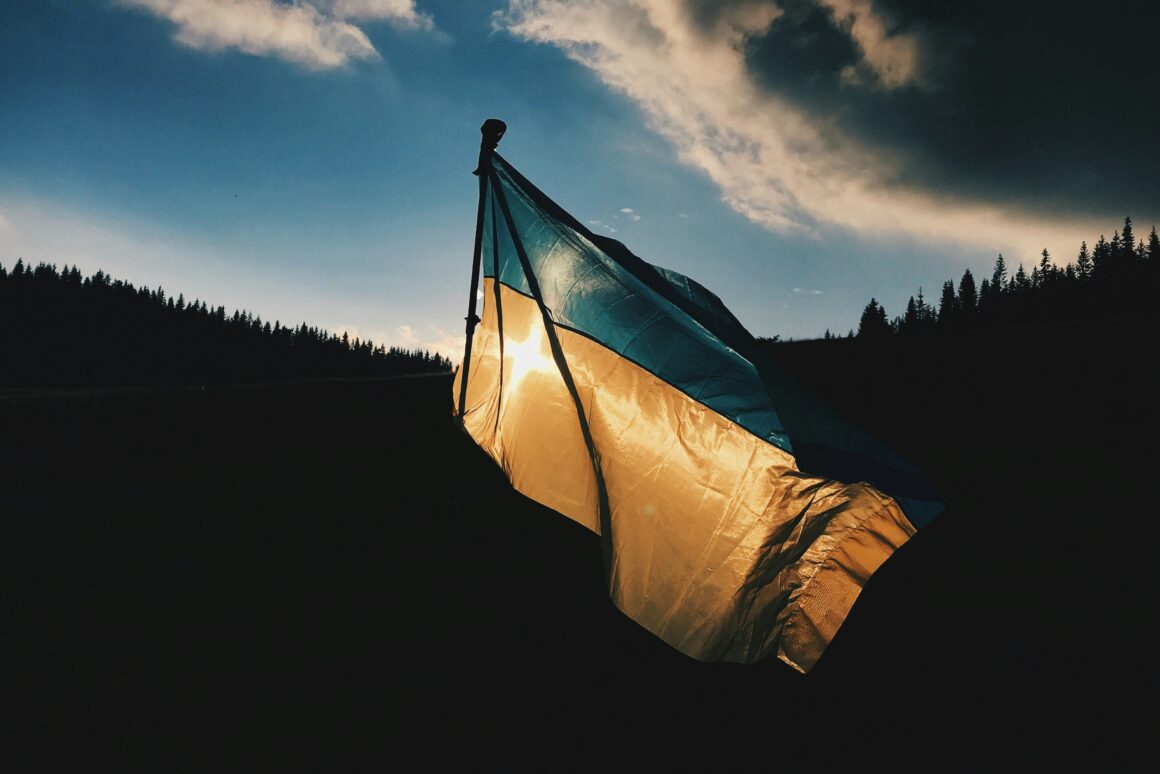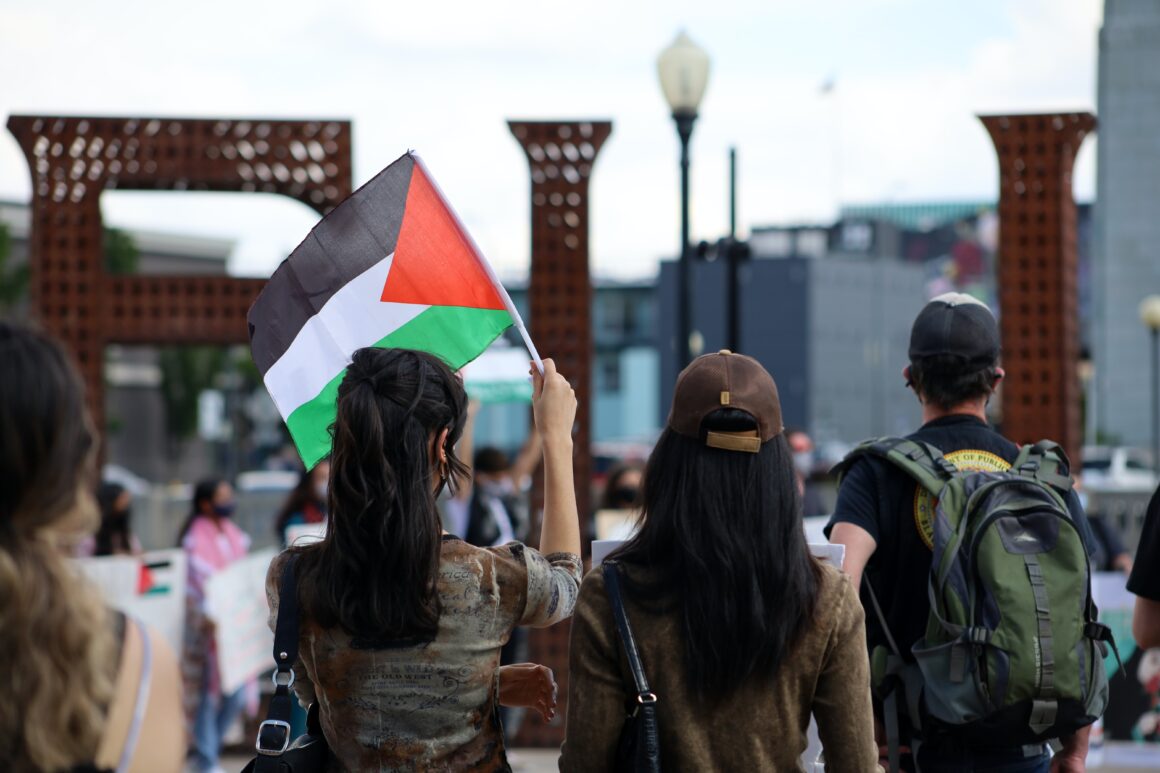The lack of progress made in Puerto Rico since Hurricane Maria will go down as one of the most biggest stories of 2018. Federal Emergency Management Agency (FEMA) admitted on Thursday that it was underprepared to respond to the natural disaster.
“FEMA leadership acknowledged that the Agency could have better anticipated that the severity of hurricanes Irma and Maria would cause long-term, significant damage to the territories’ infrastructure,” said the government report released on Thursday.
As a reminder, Hurricane Maria was a Category 4 storm that passed through the Caribbean in September 2017. The disaster led to a territory-wide power outage, damaged roads and property and reduced access to food and water. FEMA underestimated the support needed to address the catastrophe and experienced poor communication with territory officials.
Three months after the storm, the agency only managed to clear up 29 percent of the debris and provided roof repairs to 28 percent of those who requested it. Much of the secondary deaths could have been prevented.
“With FEMA understandably overmatched by this fall’s series of megastorms and faced with a uniquely challenging context in Puerto Rico, the Trump administration could have gotten creative: deploying its own international responders at scale, or seeking help from international partners,” argued Washington Post writer Jeremy Konyndyk. “Inexplicably, it did neither. And the response suffered as a result.”
A May 2018 Harvard study found that over 4,600 deaths were related to, if not directly caused by, the natural disaster. That exceeds the government’s estimate of 64 and the death toll from Katrina and 9/11 combined.
“Puerto Rico’s power grid is still fragile and some remote areas are still without power,” according to NBC News.
The poor handling of the crisis begs for comparison to the Bush Jr. administration’s handling of New Orleans post-Katrina. It took both Republican Presidents days to respond to the situation, as Bush played guitar in San Diego and Trump blasted NFL players for protesting during the national anthem.
After Katrina, Bush commended then-FEMA director Michael Brown, despite New Orleans having little aid and much of its levee system destroyed. Trump famously defended his administration’s slow response to the crisis and blamed Puerto Rico for “wanting everything to be done for them.”
…want everything to be done for them when it should be a community effort. 10,000 Federal workers now on Island doing a fantastic job.
— Donald J. Trump (@realDonaldTrump) September 30, 2017
New Orleans took 10 years to fully recover from the destruction. Keep in mind, Hurricane Katrina was a Category 3 storm with 125 mph wind speed, less than Maria’s sustained winds of 155 mph.
Gov. Ricardo Rossello said on July 6, “The truth of the matter is that Puerto Rico is still in a very vulnerable state, particularly in housing and potential flooding.”
To make matters worse, the U.S. has withdrawn Puerto Rico’s back-up power prior to the upcoming hurricane season. However, some hope exists.
Private citizens and businesses have taken initiative to improve Puerto Rico’s conditions. The cast and crew of Bar Rescue, a television show on Paramount Network, visited Puerto Rico to restore family-owned bar El K’Rajo.
“It destroyed our dreams,” said the owner of El K’Rajo.
People Magazine reported that Hurricane Maria destroyed El K’Rajo’s roof, wiring and equipment. Bar Rescue host John Tattler noticed the devastation to the surrounding area and recruited other celebrities such as Mark Cuban to rebuild the community.
Other organizations have launched efforts to provide solar energy to Puerto Rican homes. Tesla is working on about 11,000 solar energy projects in the territory,much of it through their battery storage initiative. Resilient Power Puerto Rico (RPPR) started a $2.5 million campaign to rebuild Puerto Rico’s energy infrastructure.
“This is a turning point for Puerto Rico – an opportunity to rebuild the power grid in a smart, cost effective way,” said Cristina Roig, leads the RPPR’s strategic partnerships initiative. “People are paying attention to what happens here.”
Photo: U.S. Department of Defense




